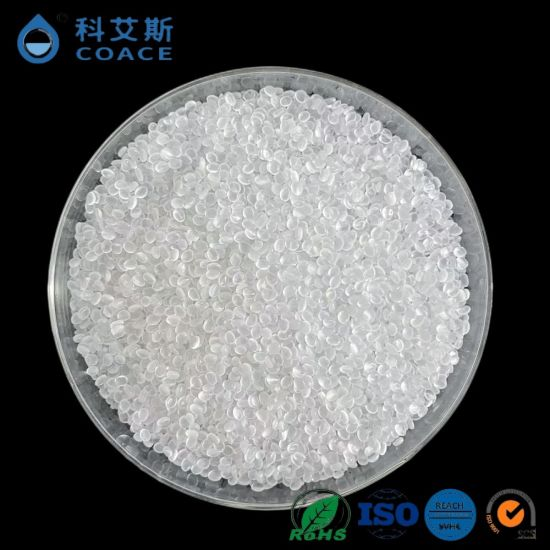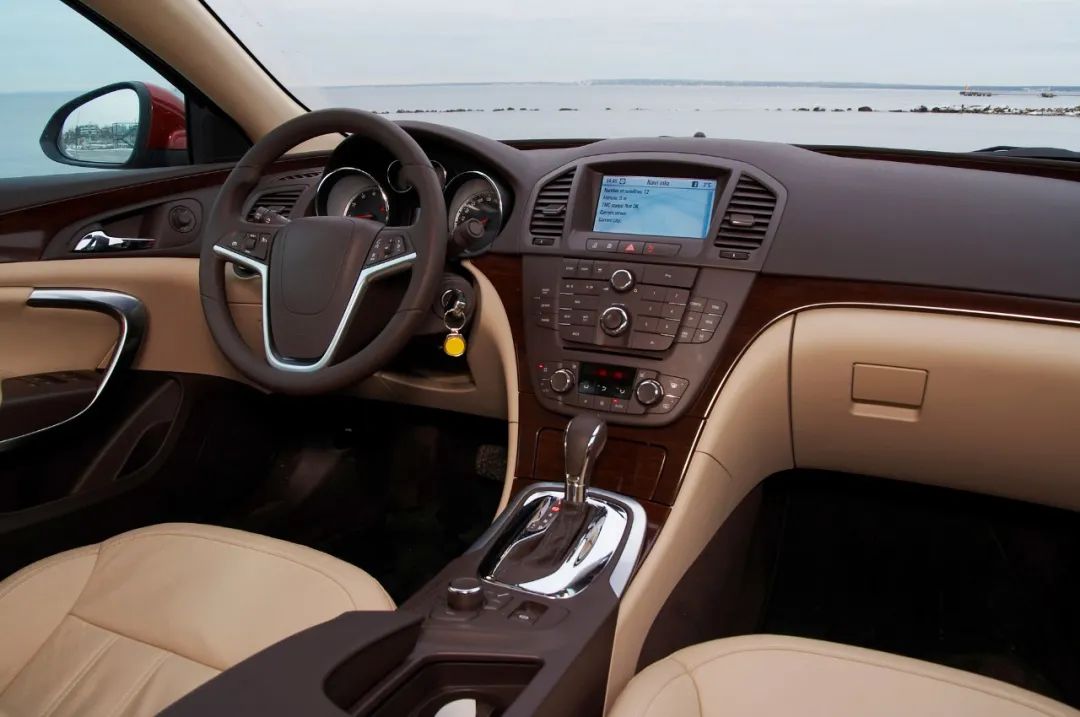At present, light weight, energy saving, environmental protection, aesthetics and comfort are the development directions of the automobile industry. Plastics are increasingly favored by the automobile industry due to their excellent comprehensive performance and price advantages. With the acceleration of the pace of "replacing steel with plastic" and "replacing heavy with light" in the automobile industry, the requirements for safety, high speed, energy saving, comfort, and aesthetics of automobiles are increasing day by day, and the requirements for plastic parts are also increasing. Some new resins and high-performance modified plastics processed by means of modification such as copolymerization, blending and compounding have been introduced. Modified plastics usually refer to plastics with special functions obtained by physical methods, chemical methods, or both modification methods, and are usually provided to plastic product processing users in the form of modified special materials or masterbatches11. Sexual technologies include reinforcement technology, toughening technology, filling modification, mixed plastic alloy technology, flame retardant technology, nanocomposite technology, thermoplastic elastomer technology, etc. In terms of production costs, thanks to the advantages of high production efficiency and low density, modified plastics have lower costs than other materials, and the cost per unit volume of modified plastics is only about 1/10 of that of metals.
With the continuous improvement of the automotive industry's material performance requirements for functional plastic parts and structural plastic parts, polypropylene (PP), nylon (PA), polycarbonate (PC), polyphenylene oxide (PPO), polyoxymethylene (POM) And other important plastics are constantly being modified physically and chemically to improve their performance
The scope of application continues to expand. The comprehensiveness of plastic materials for automobiles is increasing day by day. Combining the broad application prospects of modified plastics and the development trend in automobile lightweight, the author summarizes the latest research results of PP, PA, PC, PPO, POM and other plastics and their application in auto parts.
The latest application situation, and discusses the technical development trend and industry application trend of the modified plastics industry.
1.PP
PP plastic is the largest type of material used in automotive plastics (accounting for about 50% of the total amount of automotive plastics). PP plastics for automobiles are developing in the direction of diversification and high performance of special materials, gradually replacing acrylonitrile-butadiene-styrene copolymer (ABS), polystyrene (BS), polyvinyl chloride (PVC) ) and the trend of some engineering plastics 13], the modification of PP plastics is mainly to add a certain proportion of rubber or elastomer materials, inorganic fillers, masterbatches, additives, etc. through mixing and processing 14), the main modification method Elastomer Toughened PP Modification (5) Filler Filling Reinforced PP Modification 16.71, and Research on Toughening and Reinforced PP Modification Using PP, Filler and Elastomer 181. At present, the research and development hotspots of PP plastics for automobiles mainly include long glass fiber reinforced PP, low emission, and scratch-resistant PP materials, etc. 19). In recent years, the new varieties of PP that have been vigorously developed mainly include long glass fiber reinforced polypropylene (LGFPP), low density glass fiber mat reinforced thermoplastic composites (GMT) and low volatile organic compound (VOC) content PP, etc.

2.PA
In recent years, environmental issues such as the reduction of CO and emissions in the automotive industry and the improvement of fuel consumption have put forward new requirements for heat-resistant materials115. However, the heat resistance, durability, and chemical resistance of general engineering plastics are insufficient, and traditional high-temperature-resistant PA varieties such as PA46, PA6T, and PA9T are prone to absorption.
Humidity, high temperature resistance and other shortcomings. In order to adapt to the high temperature resistance of materials and the functional requirements of high temperature resistant materials in various fields, people have made a lot of efforts in the development of new high temperature resistant PA, especially the copolymerization modification of semi-aromatic nylon and new semi-aromatic PA. The synthesis of high temperature PA is a research hotspot at present.

3. PPO
PPO has excellent physical and mechanical properties, heat resistance and electrical insulation, and its low moisture absorption, high strength, good dimensional stability, and creep resistance at high temperatures are the best among all thermoplastic engineering plastics (25]. To solve Pure PPO resin has the disadvantages of high glass transition temperature and poor melt fluidity.
The PPO resin is modified by blending styrene or impact polystyrene "alloying". Electric dry PPO alloy overcomes the shortcomings of PPO's own stress cracking: it improves the performance of PPO, and its thermal performance, electrical performance and mechanical properties are excellent, so it has a wide range of uses and can be used as an automotive instrument
Panels, electrical parts, interior and exterior decoration parts and mechanical appliances, office equipment and electronic and electrical equipment, etc.
The modified plastics industry is developing rapidly, and the demand for modified plastics in the current and future domestic market is growing strongly. The automobile industry is a large potential market for the development of modified plastics. Although modified plastics have achieved outstanding results in the automotive industry, many excellent engineering plastics need to better improve their performance. You can try a variety of compatibilizers to work together to achieve a synergistic modification effect, so as to be more It is better to carry out various modifications on automotive plastics to make them more widely used. It is foreseeable that with the continuous development of automotive plastics in the direction of lightweight and comprehensive materials, more plastics will be modified in the direction of resource conservation and environmental friendliness, and more used in the manufacture of auto parts , the application of plastics in automobiles may develop from partial replacement of metals to most or all of them.











